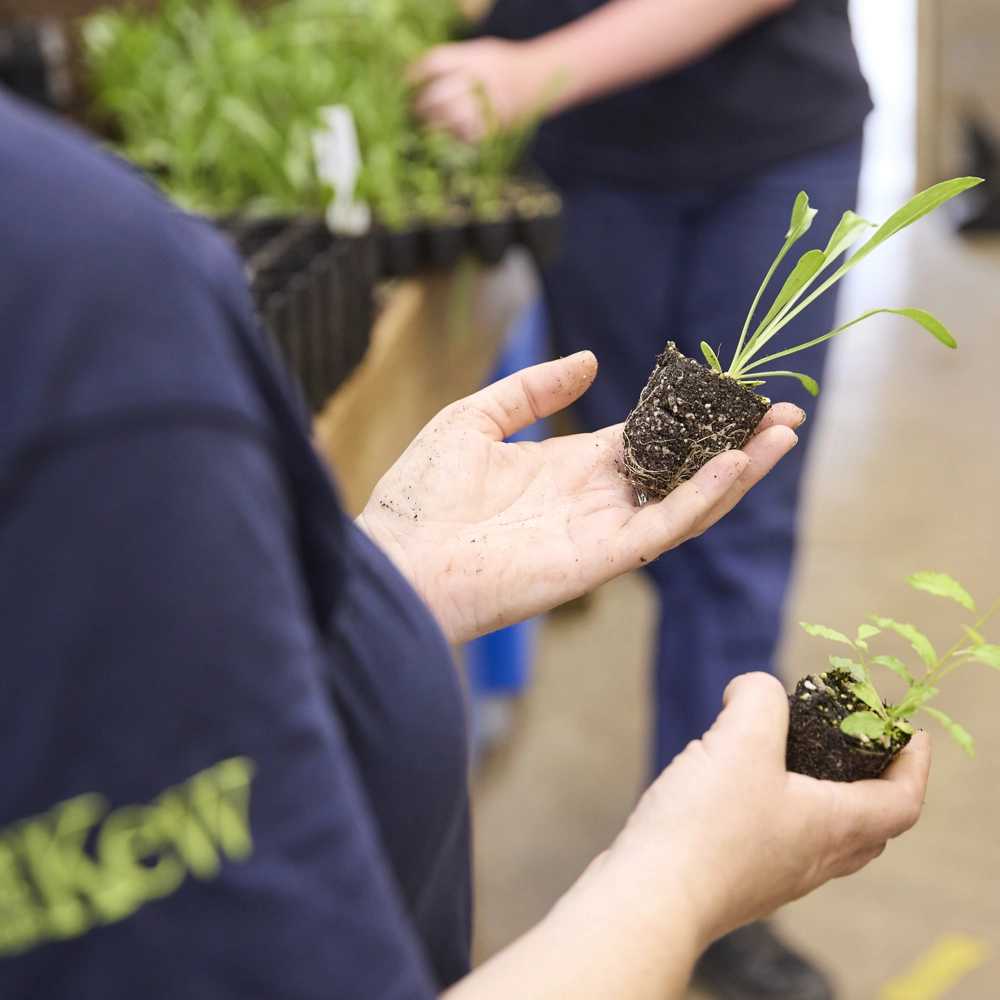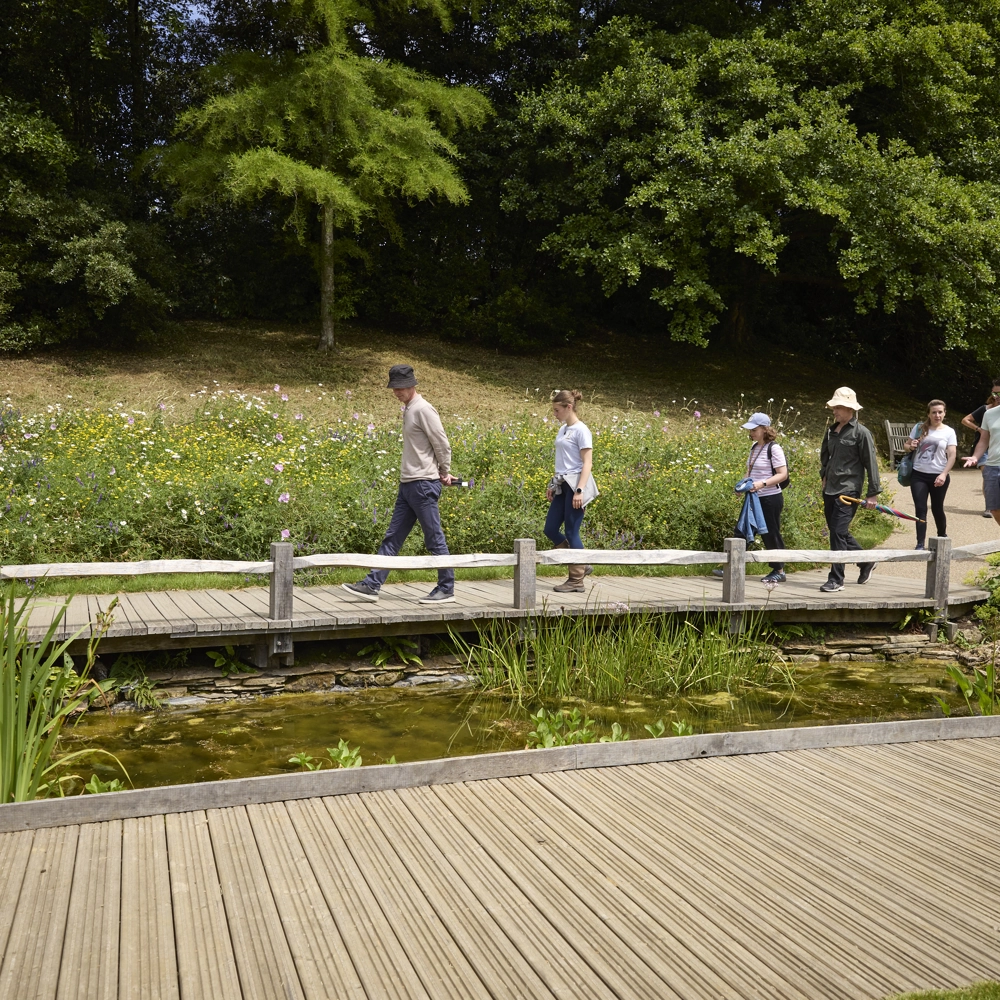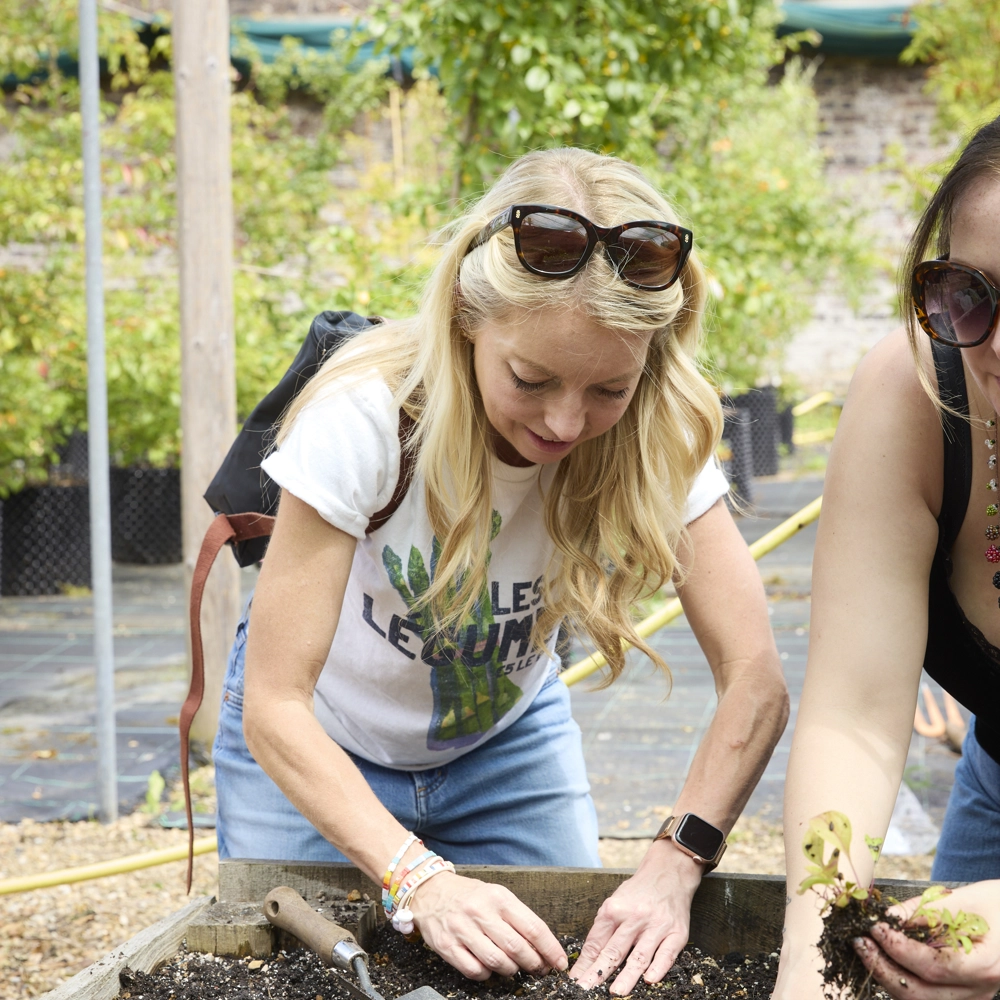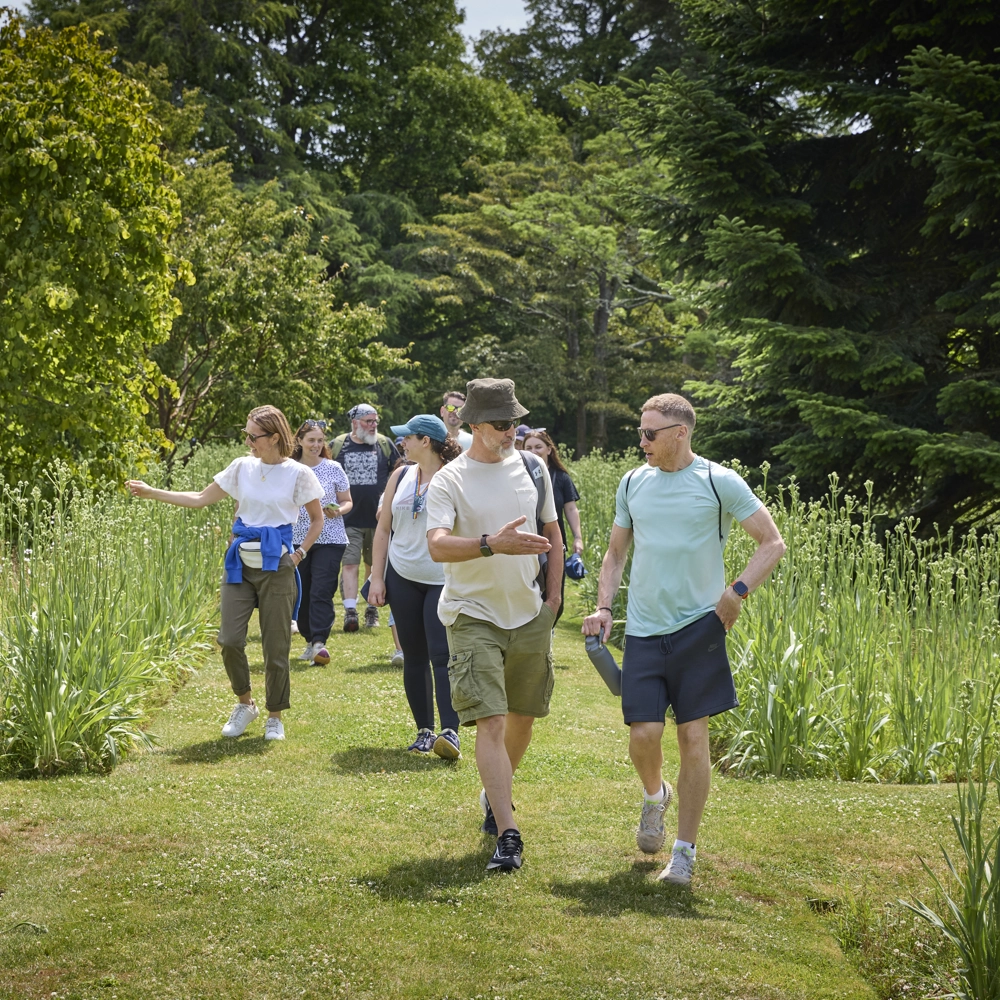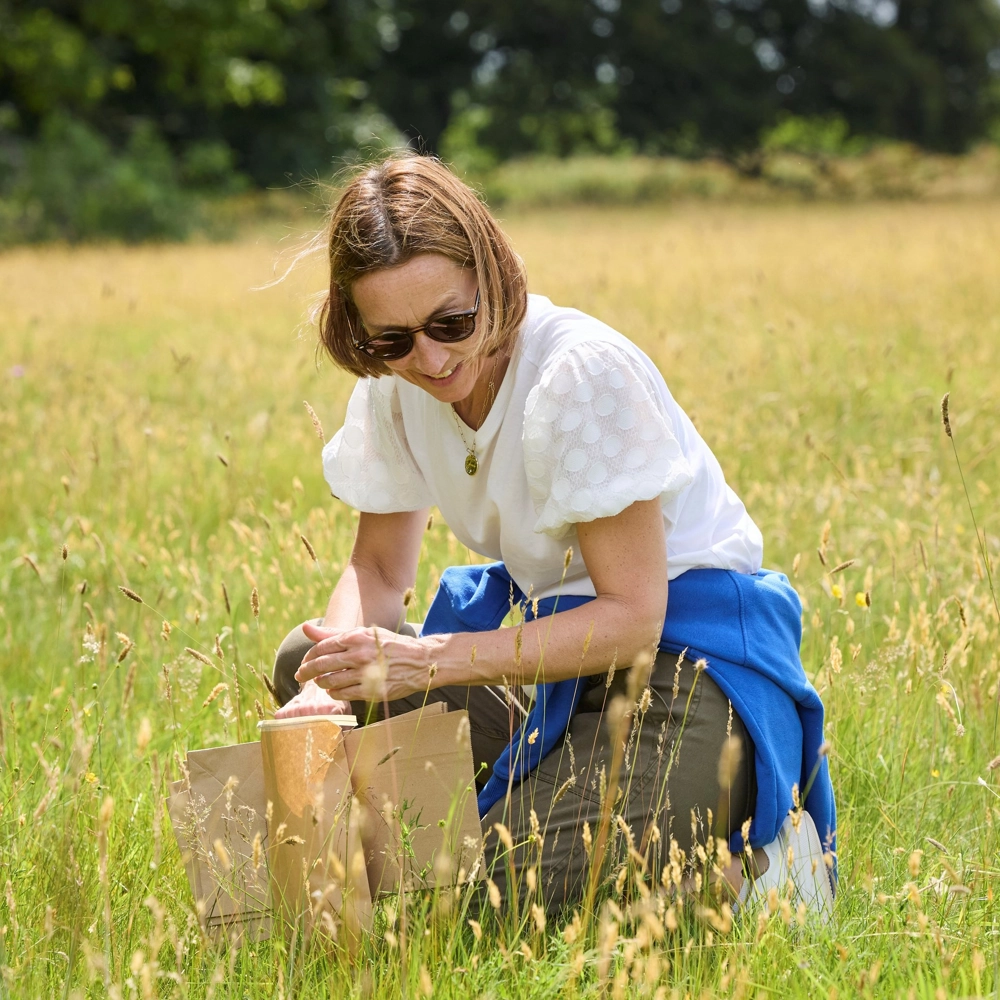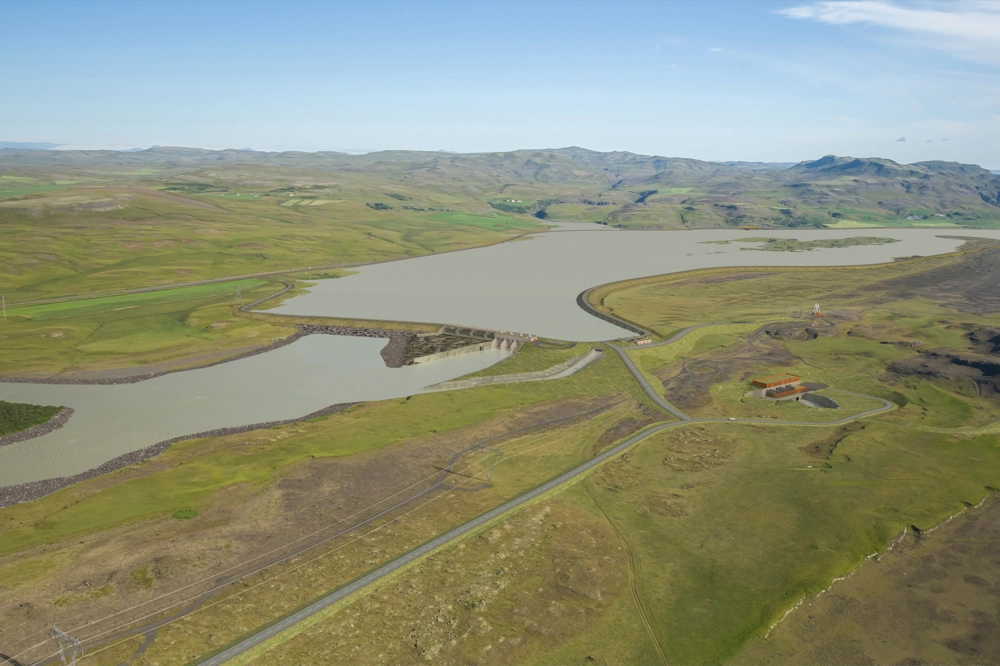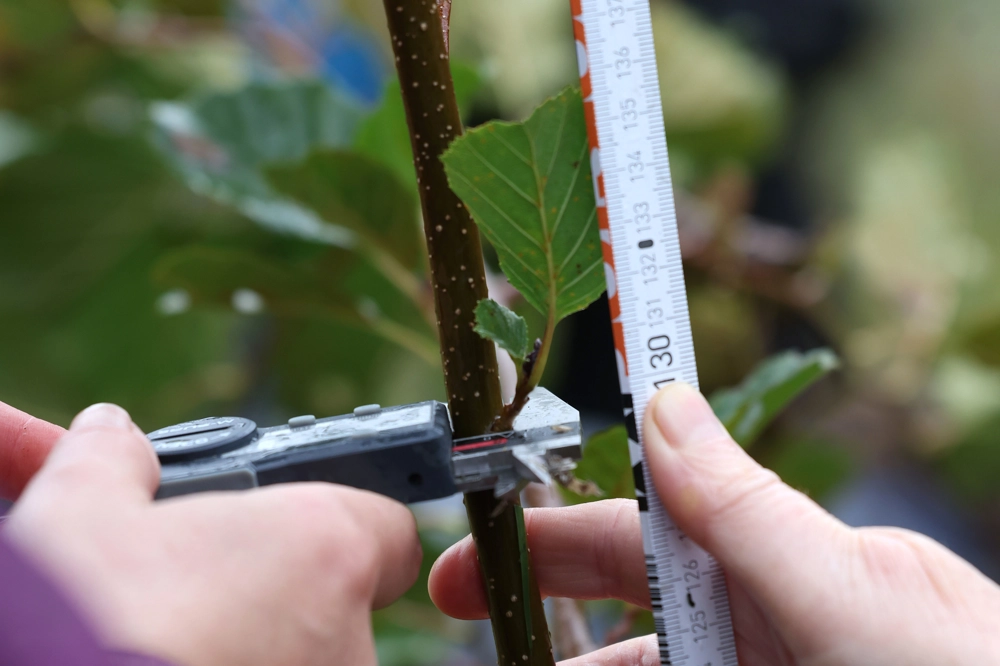Biodiversity loss, climate change, and land use change are some of the environmental threats the UK is facing.
Without action, the combination of these threats could result in catastrophic consequences for nature and our economy. But how can we ensure that the actions being taken are the right ones?
Kew scientists are using Wakehurst’s rich landscape as a ‘living laboratory’ to collect high-quality scientific evidence on the value of UK biodiversity.
With this strong scientific data, Kew’s scientists can inform and influence the land management policies and practices created by key decision makers. This in turn offers government bodies, businesses, communities and landowners' effective nature-based solutions to environmental and social challenges.
L&G’s funding is supporting a specific research project aiming to gain more insight in identifying bee-friendly native and non-native tree species; ‘The Buzz About Trees’ study. As part of this study, over 24 specialist monitor boxes will be placed in trees across Wakehurst’s landscape.
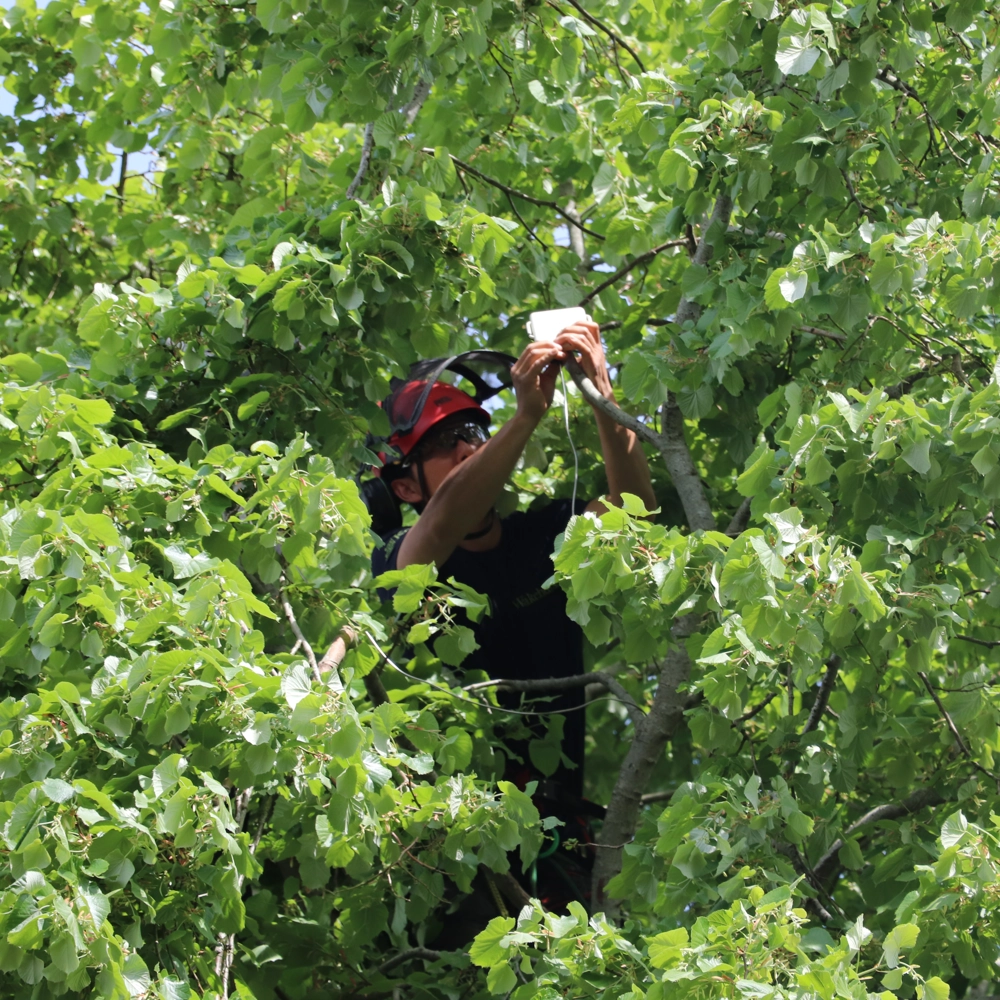
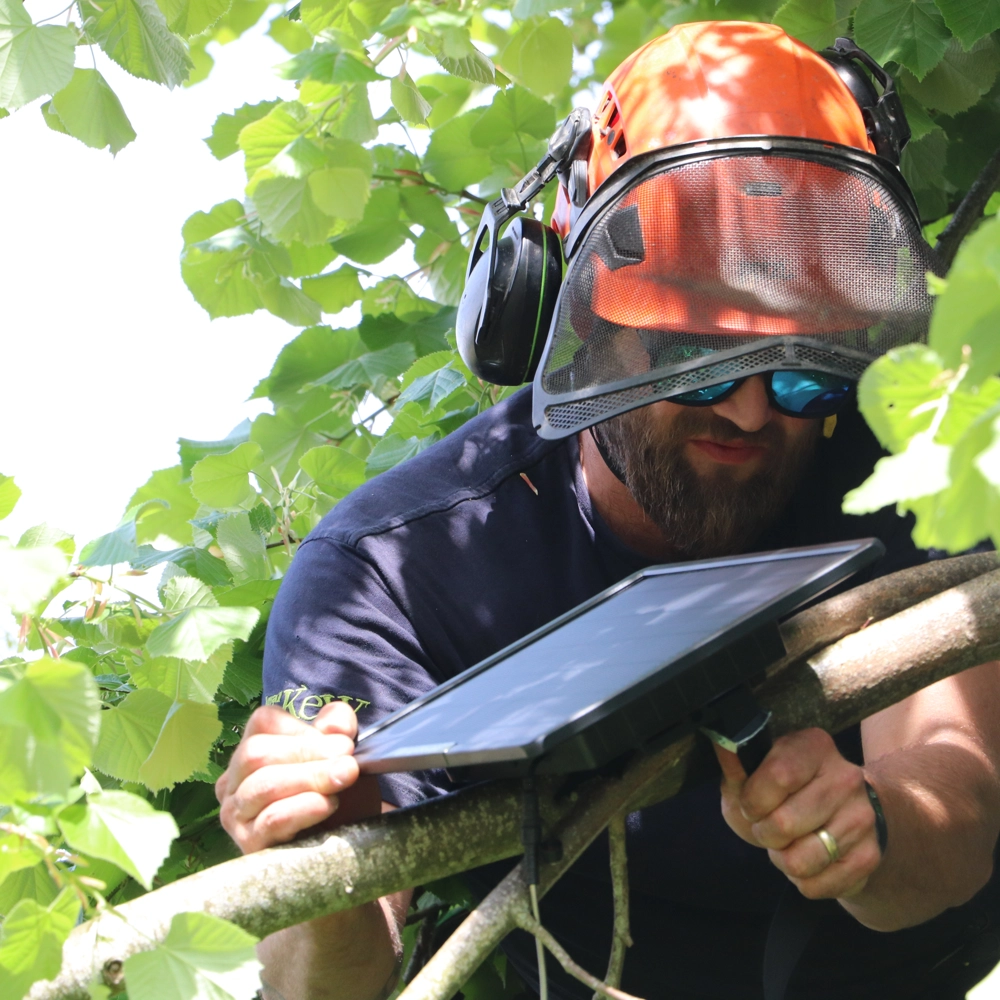
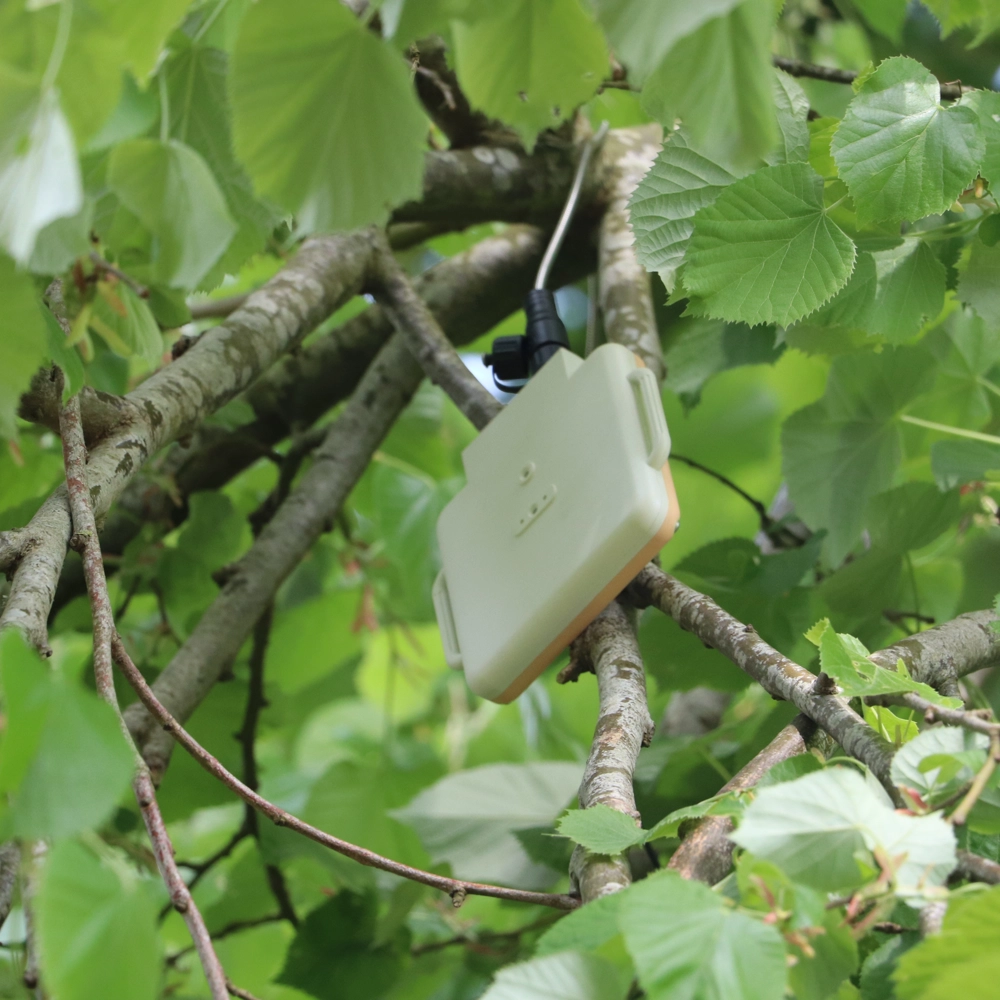
Often dubbed 3D meadows, trees are a significant yet understudied forage resources for bees that are particularly useful in urban environments and hedgerows. With a smaller footprint than wildflower meadows, trees could provide extensive benefits to pollinators in towns and cities. The project will use cutting-edge bioacoustics monitoring to estimate bee abundance across Wakehurst, Sussex. Automatic sensors will detect when a bee is present by listening for its buzz. Recordings are uploaded to a server in real time, where a deep learning process predicts the species.
While wild bee populations are in decline, the data generated is providing valuable new insight into identifying bee friendly native and non-native tree species, the number of bees visiting, and the times of year they are most visited.
Through this groundbreaking partnership, L&G is taking an active role in driving innovative, science-backed solutions to invest in a more sustainable future. With collaboration, research, and bold action, we can develop nature-based solutions that benefit both the environment and future generations.
Volunteering at Kew's Living Laboratory
Recently, our colleagues took a break from their day jobs to volunteer with the Royal Botanic Gardens, Kew’s landscape ecology program, “Nature Unlocked.” This initiative transforms Wakehurst’s landscape into a “living laboratory,” enhancing our understanding of nature's value and biodiversity.
The team participated in several active research projects, including the bioacoustics pollinator monitoring initiative, funded by L&G. Curious about how bioacoustics work? Innovative monitors are placed on trees to record bee visits by detecting their unique “buzz.” These recordings are then analysed with deep learning techniques to identify the species or genus.
While working in the “3D meadows,” our team discovered that trees are a vital, yet often overlooked, forage source for bees, particularly in urban environments and hedgerows. Kew’s “The Buzz About Trees” study is uncovering which tree species are especially “bee-friendly.”
These groundbreaking environmental solutions are deepening our appreciation of nature and biodiversity, and something we are incredibly proud to support.
